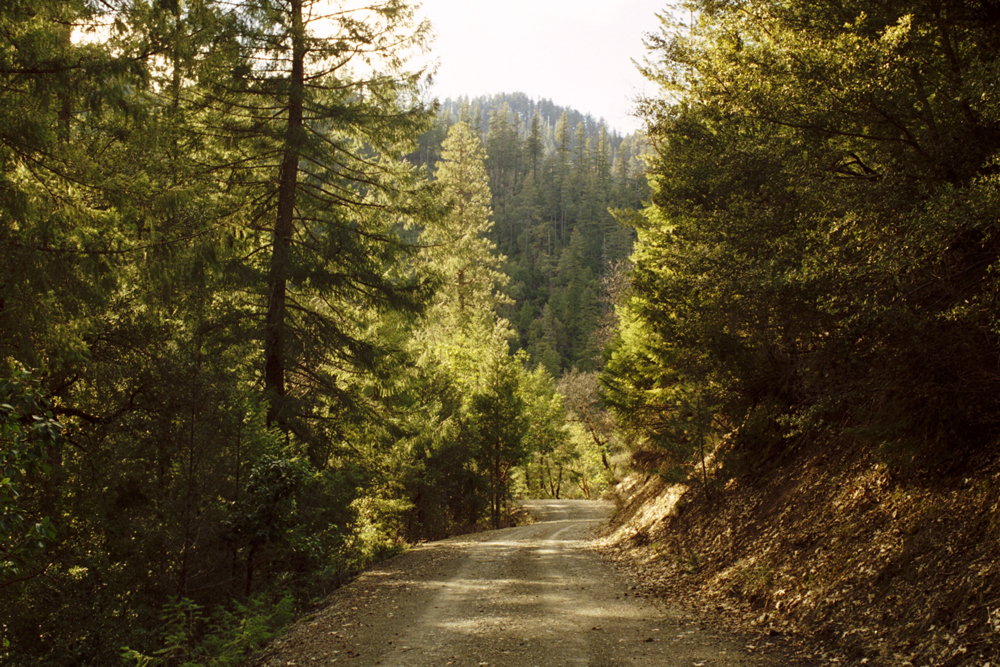Professor Andrew Fountain, chair of Portland State’s Geology Department, will be appointed a fellow of the American Association for the Advancement of Science (AAAS) tomorrow at a ceremony in Washington, D.C.
Geology Department chair honored for research
Professor Andrew Fountain, chair of Portland State’s Geology Department, will be appointed a fellow of the American Association for the Advancement of Science (AAAS) tomorrow at a ceremony in Washington, D.C.
The AAAS is a prestigious organization dedicated to the advancement of science around the world. It publishes the journal “Science,” which, according to Fountain, is one of the most difficult journals for scientists to have work accepted into because the paper must be noteworthy across all scientific disciplines.
“To be a fellow of that society is kind of a treat,” Fountain said.
The AAAS accepts fellowship applications once every year. According to the AAAS website, fellows are recognized for their efforts to “advance science or its applications.”
A fellow must be nominated by current AAAS members and must be a member of the AAAS at the time of nomination. After a fellow is nominated, the organization collects letters of support from the nominee’s colleagues.
According to Fountain, he was nominated by Barry Lyons, a professor of geological science and the director of the Byrd Polar Research Center at Ohio State University.
Fountain has been a member of the AAAS since 2001. He said he is also believed to be the first professor from PSU to become a fellow of the AAAS.
Fountain has been teaching at PSU for about 16 years. His current research is centered around the Dry Valleys in Antarctica and the western U.S. glacial response to global warming.
The Dry Valleys are a polar desert ecosystem and are important to study because they are the last ecosystem before everything becomes frozen over, according to Fountain. During the summer, the temperature in the Dry Valleys can get up to zero degrees Celsius, allowing some water to begin to flow.
One of the most interesting scientific discoveries in the Dry Valleys is that there is life inside the glaciers. When dust blows onto the ice of the glaciers it can melt into them, forming a small pool of water, which is then frozen over. This creates a pocket of water beneath several inches of ice. Algae grow in the sediment at the bottom of the pool, according to Fountain.
“It’s maintained because the sunlight comes through the ice,” he said. “There’s a greenhouse effect where it keeps the sediment warm enough because the heat can’t conduct through the ice fast enough against the cold surface.”
When walking on the glacier, Fountain is able to spot these pools by the dark areas they cause on the ice surface. He is then able to drill through the ice to the water.
Fountain published the first comprehensive paper on snow fall in the Dry Valleys last May in the “International Journal of Climatology,” for which he spent five years collecting data. He also has a forthcoming paper examining glacial change in the Sierra Nevada Mountains.
According to Fountain, glaciers in Antarctica are at equilibrium, and are not advancing or retreating. As a result, they form glacial walls that can reach up to 50 or 60 feet. In the western U.S., however, glacial walls have melted to become more of a ramp.
“It’s these guys that are contributing lots to global sea level rise,” Fountain said. “So the glaciers on Mt. Hood might be a cute story, but if you add all those up like those on Mt. Hood, they’re significantly contributing to sea level change and that’s definitely going to continue through the rest of the century.”
In addition to the warming of water temperatures and the expansion of oceans, global sea level is expected to rise three feet over the course of the century.
“If you live in the Everglades or if you live on the East Coast, three feet is a lot,” Fountain said. “People kind of don’t realize that, that all these little dinky pieces of ice themselves are insignificant, but together around the earth they’re pretty important.” ?




